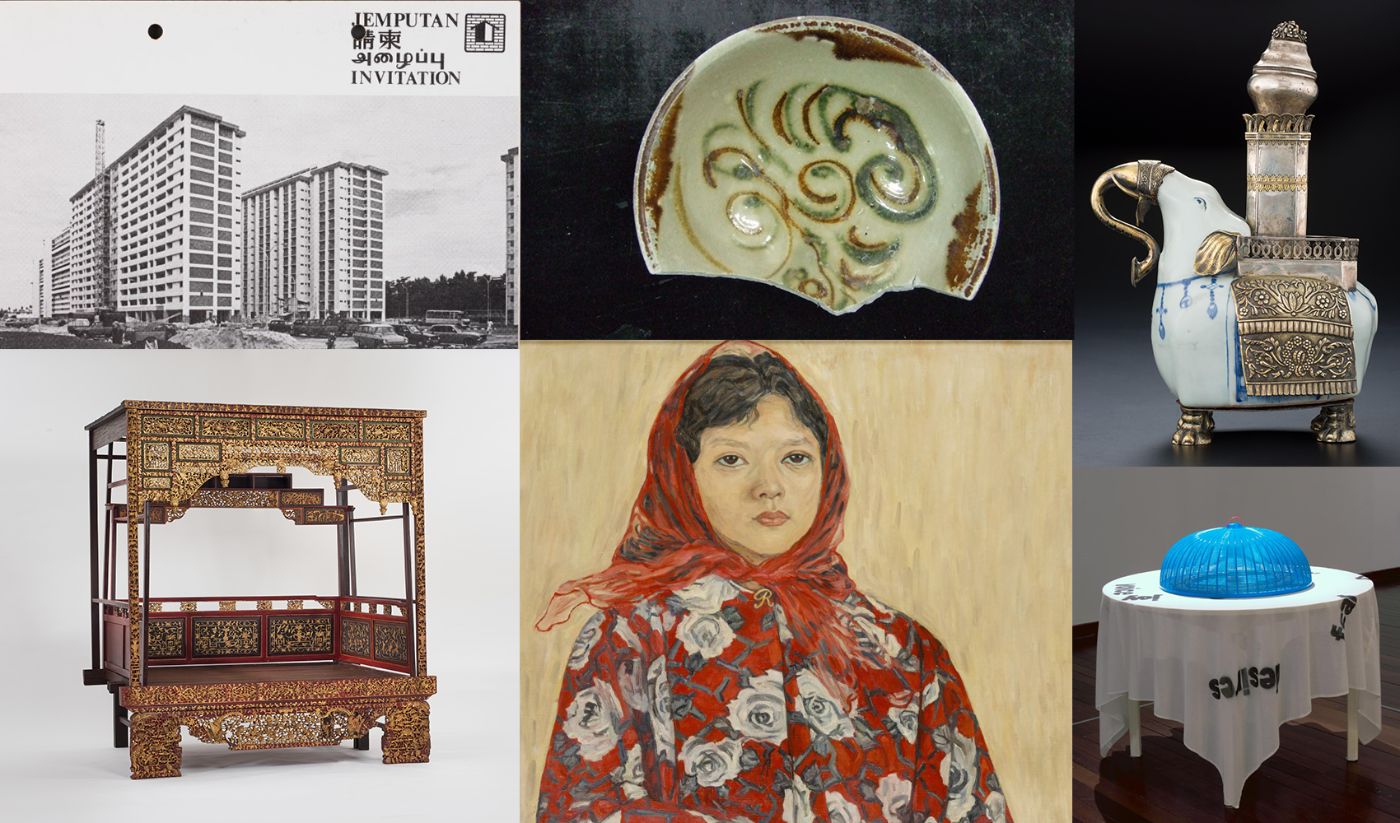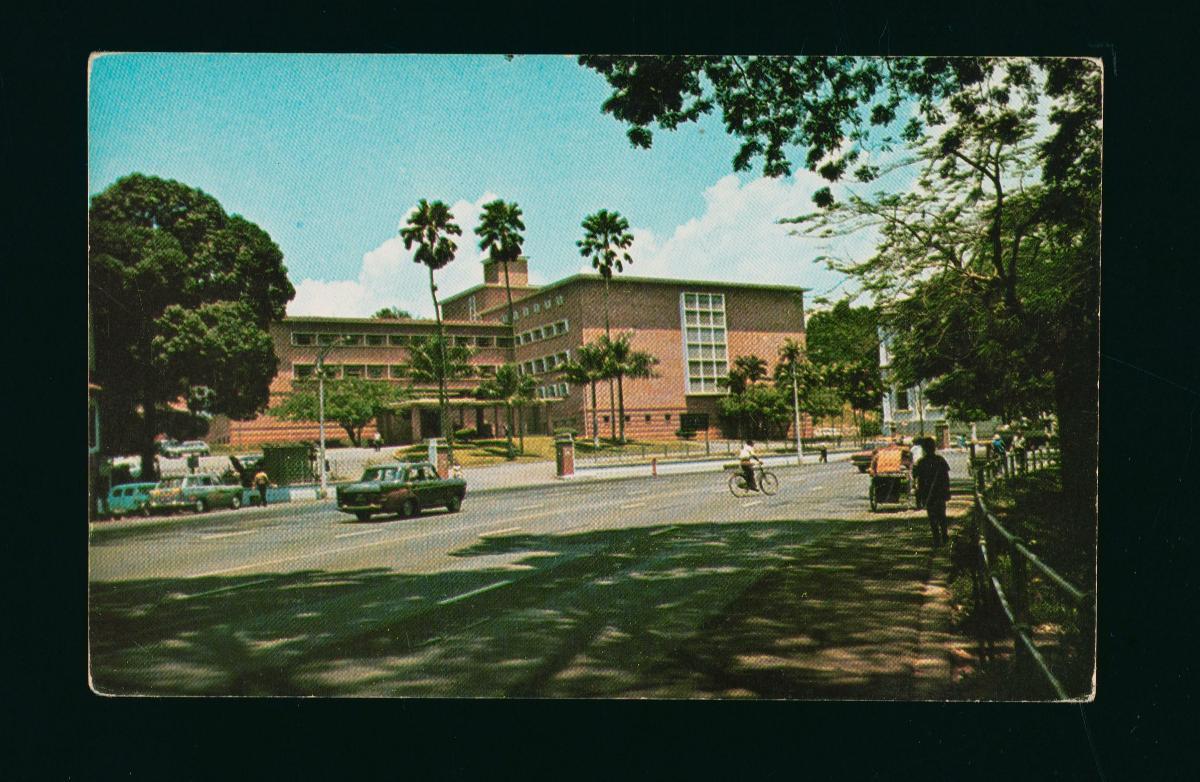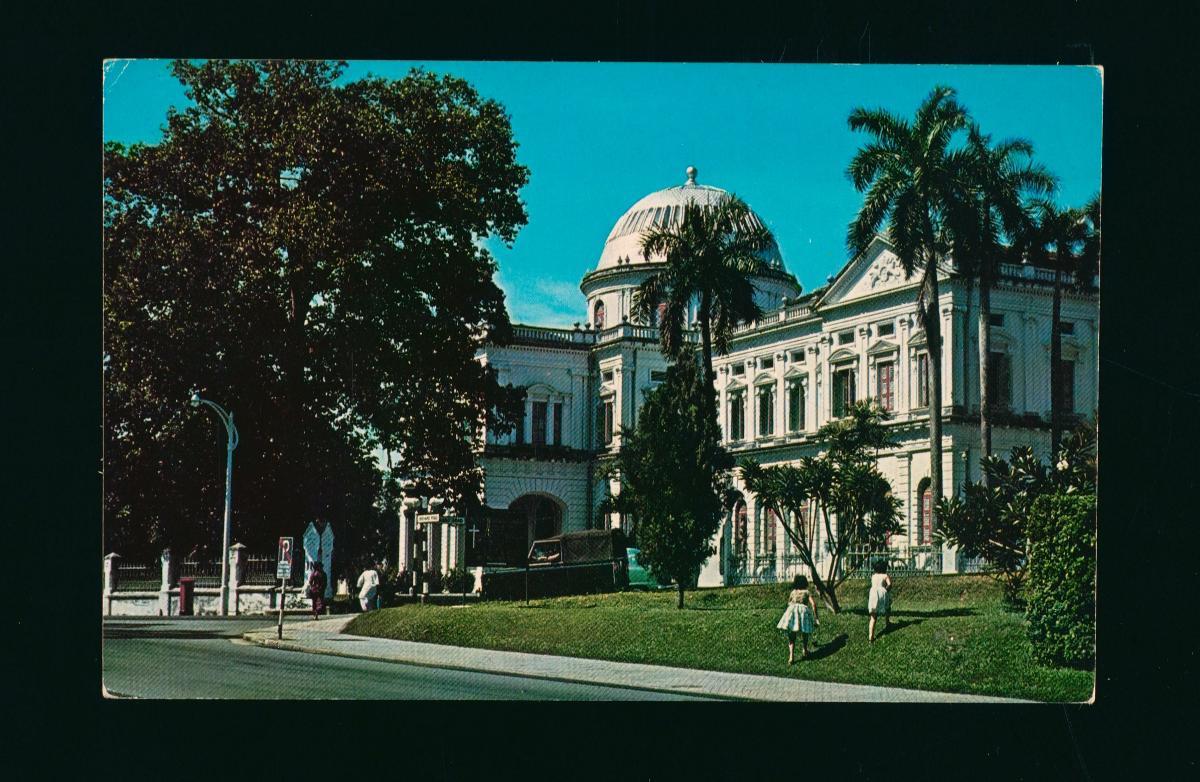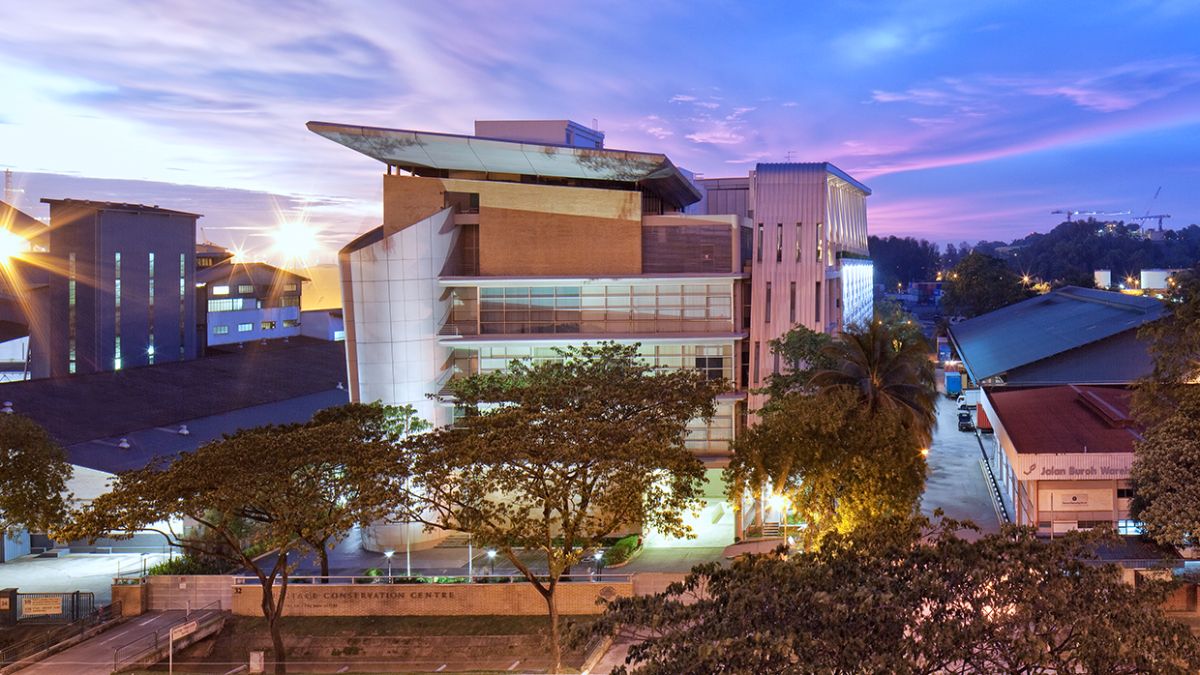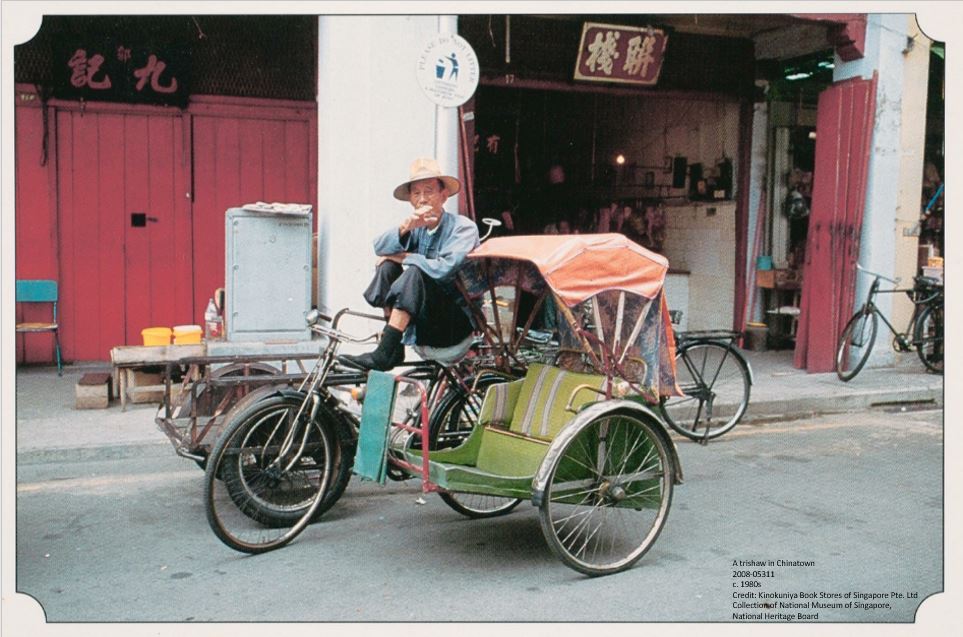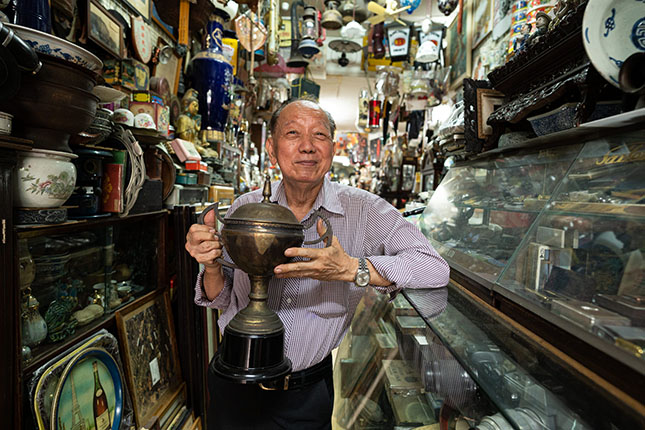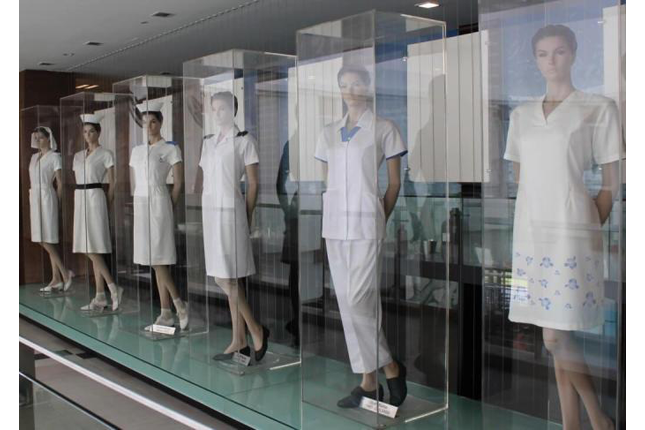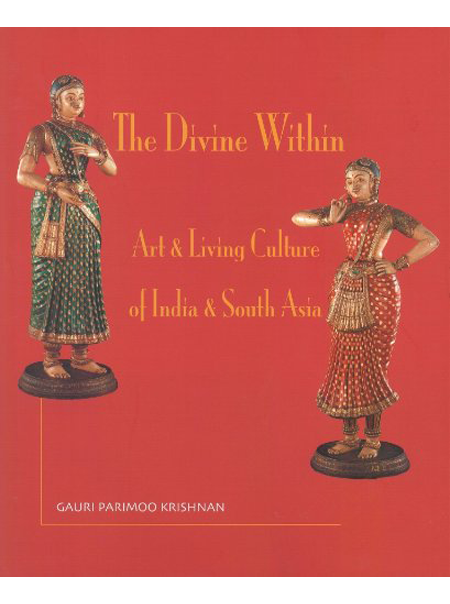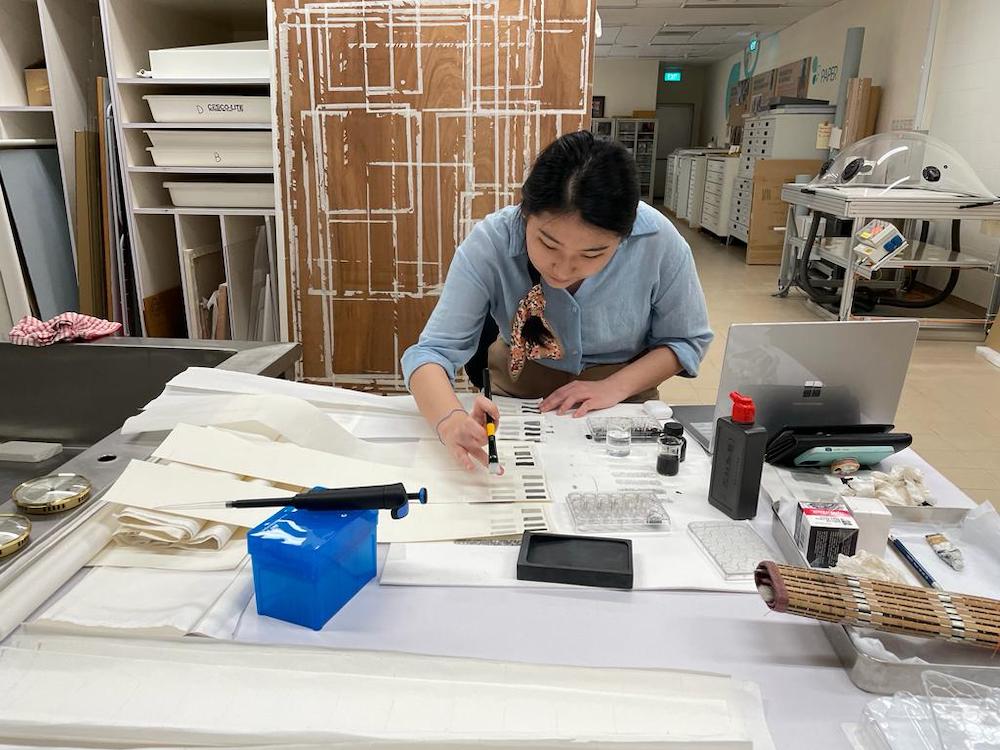TL;DR
The National Collection is not just a random assortment of objects and artworks. It is a lens through which Singaporeans can better understand our shared cultural heritage.
MUSE SG January 2023
Text by Selina Chong, Assistant Director, National Collection, National Heritage Board
Read the full
MUSE
SG Jan 2023 Issue
Objects and artworks can hold the collective memories of a nation. These material and cultural legacies in turn provide a window into the ‘soul’ of a nation, revealing the origins and identities of its people, and the nature of its society at any given point in time. This is why the National Collection exists: to connect both present and future generations of Singaporeans to their past. It is both a reminder of our roots and shared heritage, as well as how society in Singapore has evolved over time.
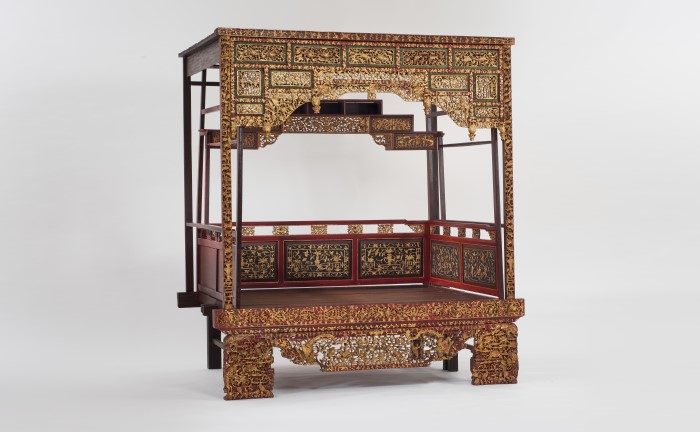
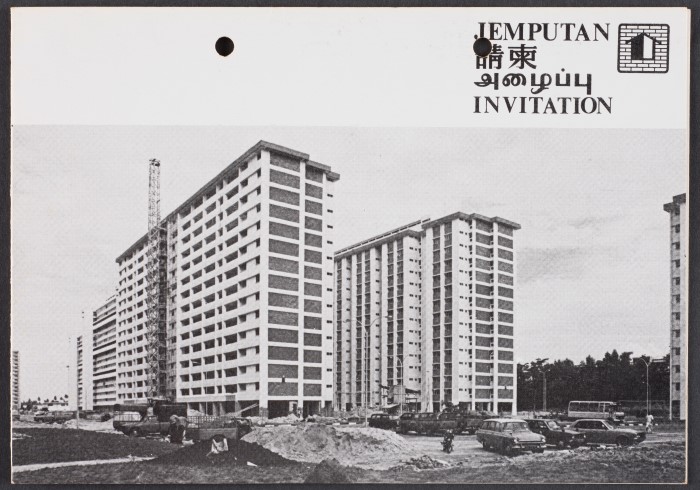
The National Heritage Board (NHB) is the custodian of this sizable public collection, which today comprises over 250,000 objects and artworks. At any one time, thousands of pieces are on public display at various museums and heritage institutions, with many more being studied and cared for at the Heritage Conservation Centre. As the steward of Singapore’s heritage and culture, NHB works closely with various entities in the local arts and culture ecosystem to develop, interpret and care for the National Collection.
Why a National Collection?
The genesis of the National Collection can be traced to the early 19th century when Stamford Raffles established the Raffles Library and Museum. The eponymous Raffles Collection comprised books and manuscripts; natural history specimens and a zoological collection; as well as ethnological and cultural materials. After the formation of NHB in 1993, the ethnological and cultural materials in this collection were transferred to NHB, while the first two categories of objects were transferred to the National Library Board and the National University of Singapore respectively.
In a 1988 report by the Advisory Council on Culture and the Arts—which proposed the establishment of a National Heritage Trust (the precursor of today’s NHB)—several recommendations were made with respect to a national collection.
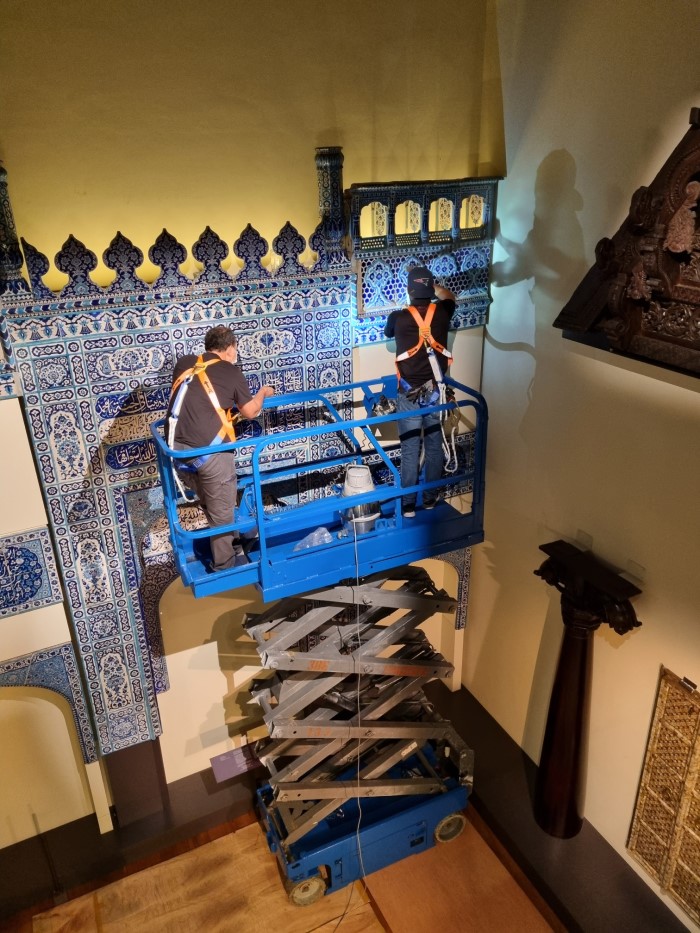
Muhammad Noor Aliff Bin Ghani, Assistant Director (Collections & Exhibitions), Heritage Institutions, and his team look after the collections and exhibitions at the three heritage institutions: Indian Heritage Centre, Malay Heritage Centre and Sun Yat Sen Nanyang Memorial Hall. The physical care of artefacts through regular gallery maintenance works is paramount in ensuring their longevity. A visitor walking through the Indian Heritage Centre’s permanent galleries will be greeted by an elaborate 19th-century tiled facade from Multan in Pakistan. Composed of 160 tiles, each of which is unique in shape and design, erecting the monumental facade was a laborious process that required precise mounting work.
As the facade is on open display, it is subject to dust and deterioration over time. Conservators and art handlers have to meticulously dust and clean each tile regularly to prevent the accumulation of dirt.
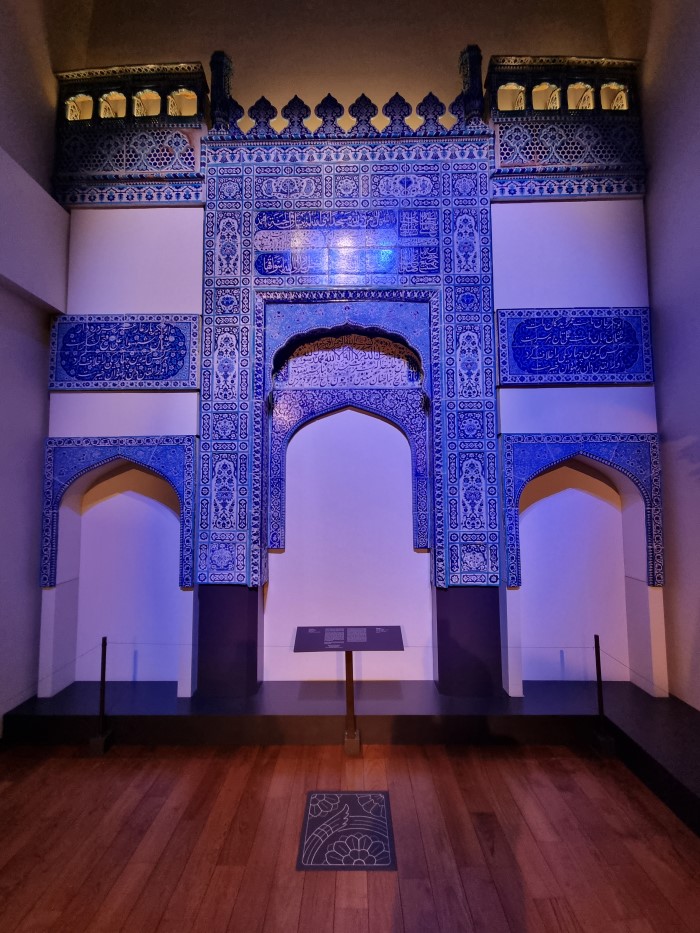
In-gallery maintenance of the National Collection is crucial as preventive care is always better than interventive conservation. Regular inspections of the artefacts allow for any issues to be addressed immediately.
First, at least five national museums as well as better storage and conservation facilities would be established. Second, the government would strengthen heritage collection at a national level, whether by acquisition through public funds or by encouraging private collectors and corporations to donate. Third, the government would maintain an updated inventory of heritage resources. These functions were included in the National Heritage Board Act 1993, which lays out the board’s statutory duties in relation to the acquisition, safeguarding and disposal of Singapore’s National Collection.
Overseas institutions adopt different approaches towards collecting objects and artworks of historical, cultural and artistic merit. The privately owned and operated Metropolitan Museum of Art and Museum of Modern Art in New York, for instance, acquire and care for their own collections.
Singapore, on the other hand, has acquired and consolidated the National Collection through NHB’s network of eight national museums and heritage institutions, also referred to as the Collecting Institutions. These institutions actively collaborate with 63 private and public museums that are part of the Museum Roundtable.1 This approach ensures that Singapore’s material heritage is both protected and developed without imposing unnecessary restrictions on the private art market or being subject to the changing tastes and expectations of the public.
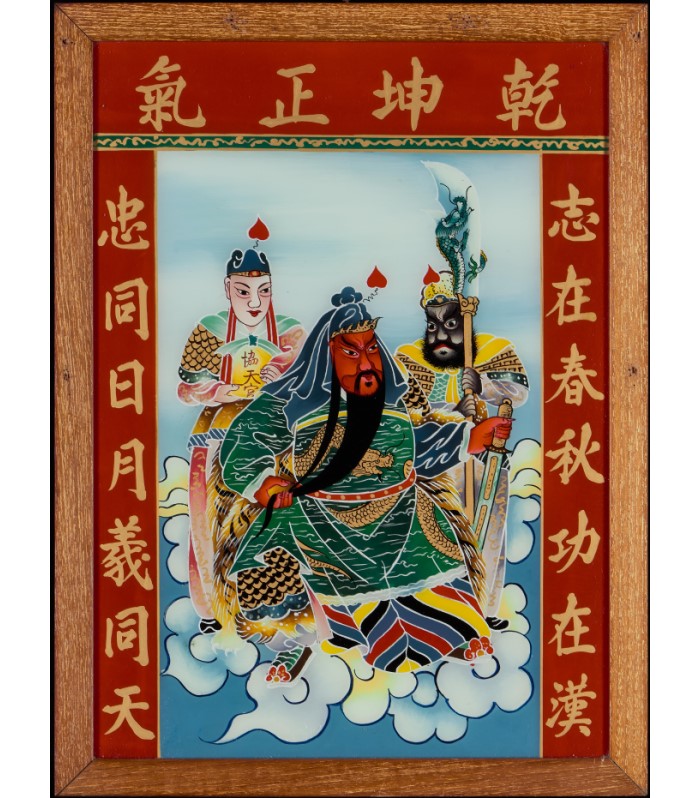
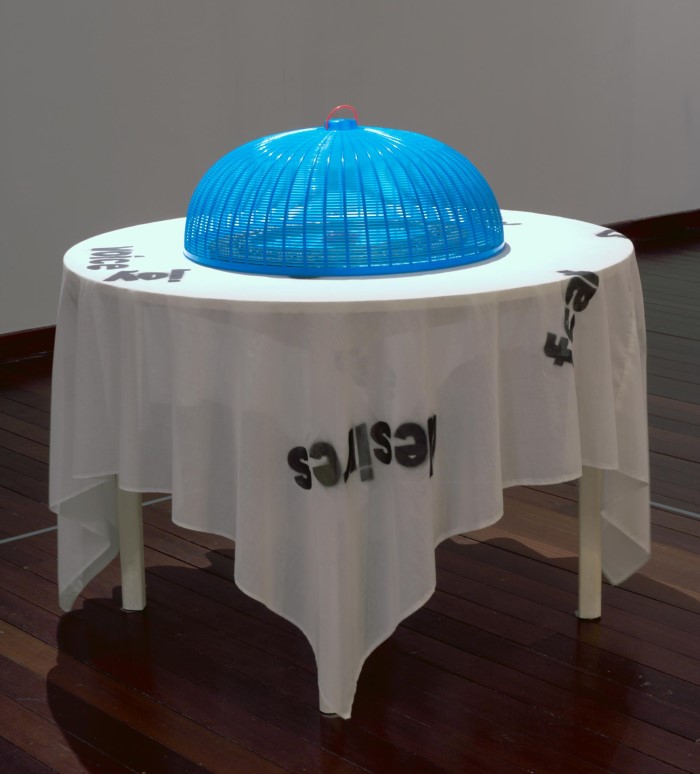
Today, the eight Collecting Institutions—Asian Civilisations Museum, Peranakan Museum, National Museum of Singapore, National Gallery Singapore, Singapore Art Museum, Indian Heritage Centre, Malay Heritage Centre and Sun Yat Sen Nanyang Memorial Hall—continue to build the National Collection by identifying and acquiring objects and artworks that bear significance to Singapore’s history and the identity of its people.
The National Collection Strategy
Six broad principles underpin the development of the National Collection. Fundamentally, the collection reflects and represents the cultural history of Singapore. It also locates and explains Singapore’s place in Southeast Asia, Asia and globally. Moreover, every object and artwork that enters the National Collection must possess artistic, social, cultural, political, historiographical and/or geographical significance. At the same time, the collection supports the study and research of subjects relating to Singapore’s heritage.
The collection is coordinated across the Collecting Institutions, and it is accessible to all Singapore museums for display, research and programmes. Finally, the National Collection aims to not just resonate locally, but also be recognised globally.
As multiculturalism is a core tenet of Singapore society, the Collecting Institutions identify and acquire objects and artworks that reflect Singapore’s rich material heritage. While each institution has its own focus areas, they also collectively contribute to a comprehensive and diverse National Collection.
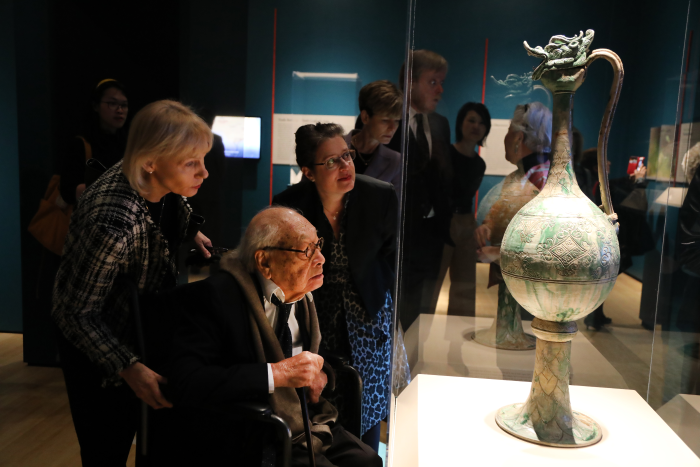
The Asian Civilisations Museum (ACM) is a good example of this. As the only museum in Asia with a pan-Asian scope, it is devoted to exploring the many historical connections and intersections between cultures and civilisations in Asia, and between Asia and the world. A visit to ACM can provide encounters ranging from the ritual objects of early Arab civilisations to Chinese ceramics exported to European markets, and even contemporary objects inspired by heritage crafts and practices.
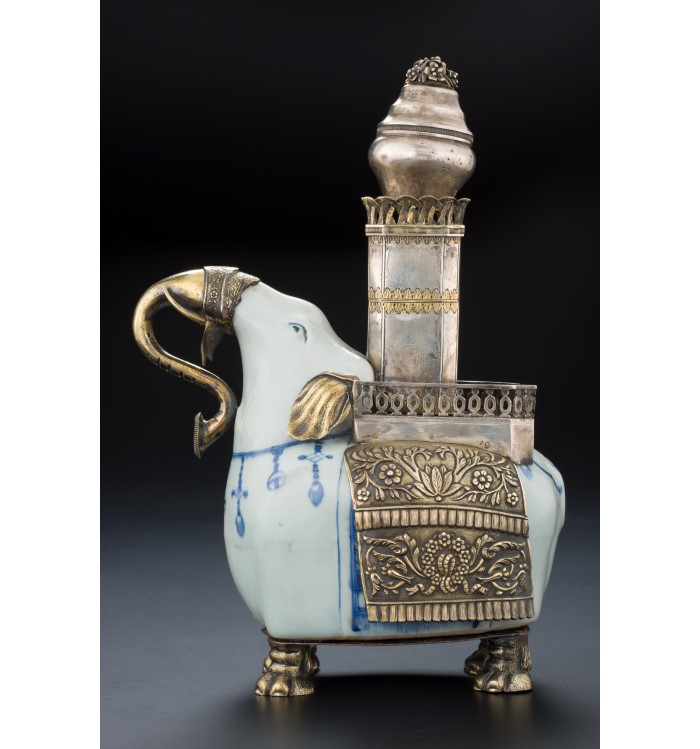
The histories of the movement of people, ideas and objects through and to Singapore are also explored at our heritage institutions, which dive deep into various diasporas in the country. Through close engagement with community stakeholders, heritage institutions tell the multifarious stories of Singapore’s many ethnic sub-communities, adding nuance and texture to the Chinese-Malay-Indian and-Others administrative framework.
As the nation’s oldest museum, the National Museum of Singapore traces the country’s history from the 13th century to the present. Beyond collecting and displaying archaeological and historical artefacts, it focuses on presenting narratives of life in contemporary Singapore. In 2020, the museum launched the Collecting Contemporary Singapore initiative, which seeks to document contemporary events and developments in Singapore by broadening its collecting efforts to include artefacts from recent history and even the present-day. As this initiative is largely based on public engagement, the museum is better able to strengthen its position as a ‘people’s museum’.
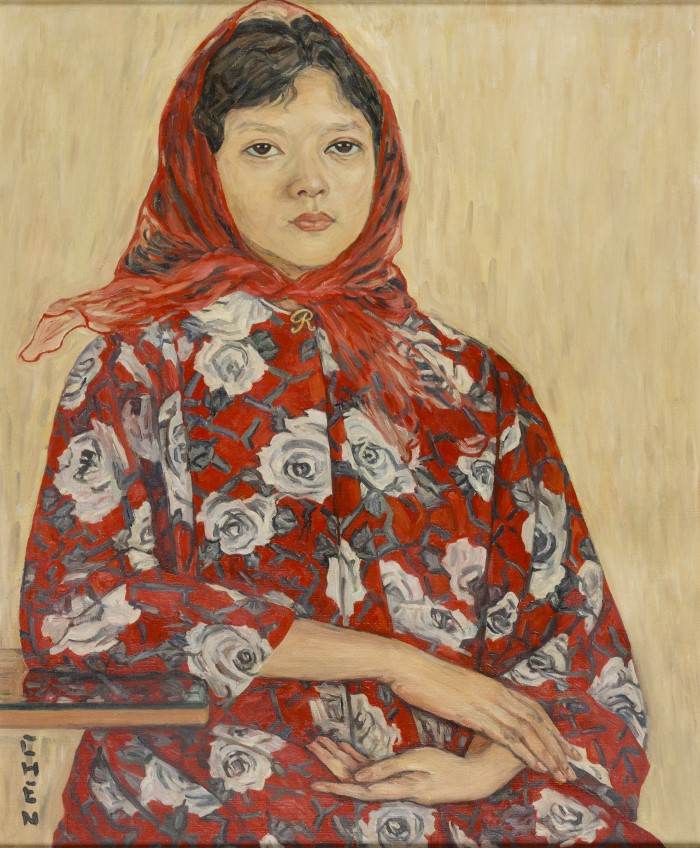
The nation’s foremost visual arts museums, the National Gallery Singapore and the Singapore Art Museum, collect works that highlight Singapore’s art historical development. These include pioneer and practising Singaporean visual artists, as well as art historical periods from the pre-colonial to the contemporary. Particularly in the visual arts, both museums have a role to play in promoting emerging artists and experimental artistic practices, even if their artistic value may be uncertain in the early stages. Collecting Institutions thus invest in the future by creating space for exploration and experimentation so that young artists can test their ideas as they develop their oeuvre.
While artworks in the National Collection are predominantly of Singaporean and Southeast Asian origins, it does not preclude the museums from showcasing international artists. In fact, international exhibitions featuring high-profile names and collections often enable deeper curatorial and research explorations of objects in the National Collection, strengthening the subject of art history as a whole, and decentring it from Euro-American-centrism.
Over the years, NHB has amassed several significant collections, including the William Farquhar Collection of Natural History Drawings, the Tang Shipwreck Collection, and numerous ink paintings by artist Wu Guanzhong—displayed at the National Museum, ACM, and the National Gallery Singapore respectively. The National Collection’s diversity enables museums to continually present new curatorial perspectives, create new knowledge, and connect with audiences both old and new.
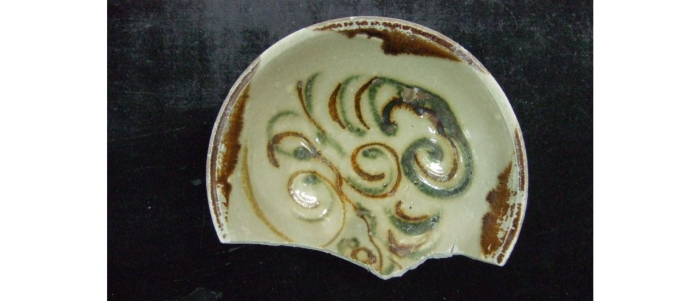
For Ng Wan Gui, Senior Assistant Director (Collections, Exhibitions & Estates), Asian Civilisations Museum (ACM), being able to bring Singapore’s National Collection to overseas audiences brings her tremendous joy and a great sense of pride. In 2017, ACM co-organised Secrets of the Sea: A Tang Shipwreck and Early Trade in Asia with Asia Society, New York. This marked the first time objects from the Tang Shipwreck Collection were presented to an American audience. The Tang Shipwreck Collection,2 which is one of the highlights of Singapore’s National Collection, demonstrates the dynamic economic activities along the Maritime Silk Route in the ninth century. While the collection occupies permanent pride of place at the ground-floor galleries of ACM, the shipwreck artefacts have also travelled around the world for various exhibitions, most recently the ACM and Shanghai Museum’s collaboration on The Baoli Era: Treasures from the Tang Shipwreck in September 2020.
The National Collection presents many opportunities for partnership with international organisations to further study and research. Conservation scientist Lynn Chua at the Heritage Conservation Centre, for instance, is presently involved in a research project involving ancient craftsmanship of Changsha kiln painted porcelain bowls. Using microscopy and elemental analysis, Lynn and her collaborators discovered that the coloured decorations on the Changsha kiln bowls were in fact created using an overglaze technique (ie, colour painted over a transparent glaze before firing), countering the long-held view that the Changsha kiln had pioneered the underglaze technique. Such scientific research on the National Collection complements and deepens curatorial interpretation and knowledge of Singapore’s cultural heritage.
The National Collection as a Public Good
The National Collection, which is held in public trust, forms the foundation of Singapore’s material heritage and showcases the evolution of the nation’s cultural and social practices as well as its national identity. The national museums are not mere receptacles of objects and artworks; in consultation with the public, the museums seek to make and remake narratives that define the Singaporean identity through thematic displays and special exhibitions.
NHB’s partnership with schools has also led to the incorporation of the National Collection in the curriculum. Through a structured museum-based learning programme, lessons now extend beyond the classroom. The value of actually seeing a physical object or artwork that is first encountered within the pages of a textbook cannot be overstated. Indeed, history comes alive when viewing historical artefacts and imagining how they may have been used by our forebears.
This is why NHB maintains an extensive digital database of the collection. Today, everyone can visit NHB’s heritage resource portal, Roots.gov.sg, to discover and learn about the National Collection and even request in-person viewings if necessary.
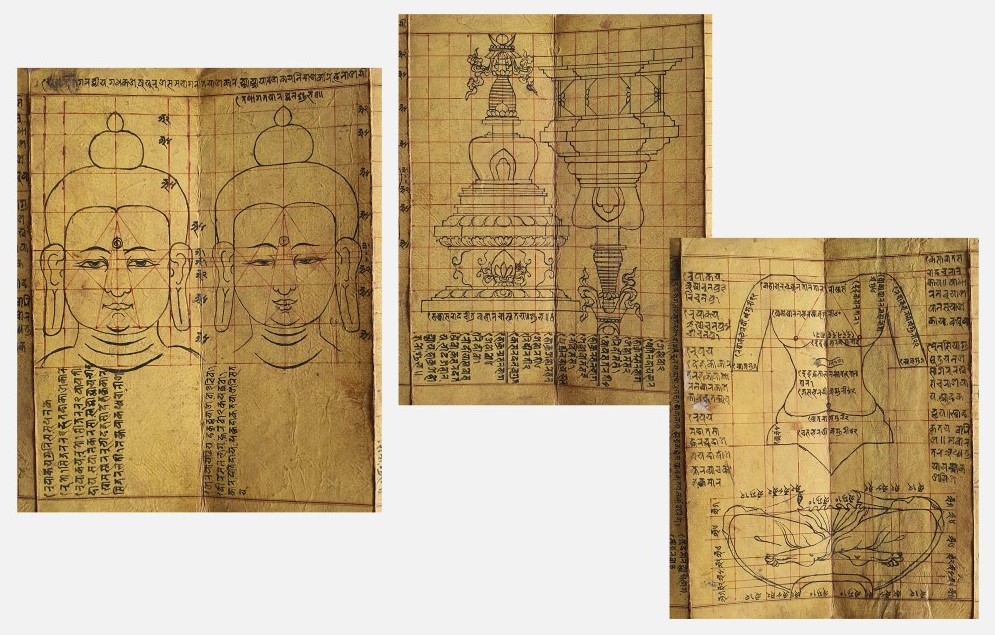
This 19th-century Nepalese manual for iconometry (the measurement of religious icons and their proportions) was one of the first objects that Asian Civilisations Museum (ACM) curator Conan Cheong acquired in his work for the National Collection in December 2016. It is believed that metal craftsmen from the Buddhist Newari ethnic group of Nepal’s Kathmandu Valley consulted the manual to make images of Buddha. Annotated diagrams indicate the standard proportions that large, multipart figures from Buddhist iconography must adhere to for ritual efficacy.
Just before the outbreak of COVID-19 in 2019, Conan began collaborating with a scholar of the Newari language to translate the manual’s Newari inscriptions into English. Newari is an endangered language used by the indigenous people of Kathmandu Valley. Translation of the manual will grant insights into how artisans interpreted and used the manual to create these images.
Currently displayed in ACM’s Ancient Religions Gallery, the manual is a fascinating piece that provides insight into the practice of Buddhism in Nepal.
Caring for the National Collection
Everything that we know of—the National Collection included—is subject to the natural process of decay and degeneration. The management and care of the collection is, unsurprisingly, a significant undertaking.
Much of the work is carried out at the Heritage Conservation Centre (HCC), established in 2000 as a purpose-built facility for the storage and conservation of the National Collection. Besides maintaining an optimal environment for the long-term storage of objects and artworks, HCC also houses conservation laboratories for the treatment of object, painting and textile artefacts; a laboratory that supports scientific analysis, material testing and research; and a photography studio to digitise artefacts.
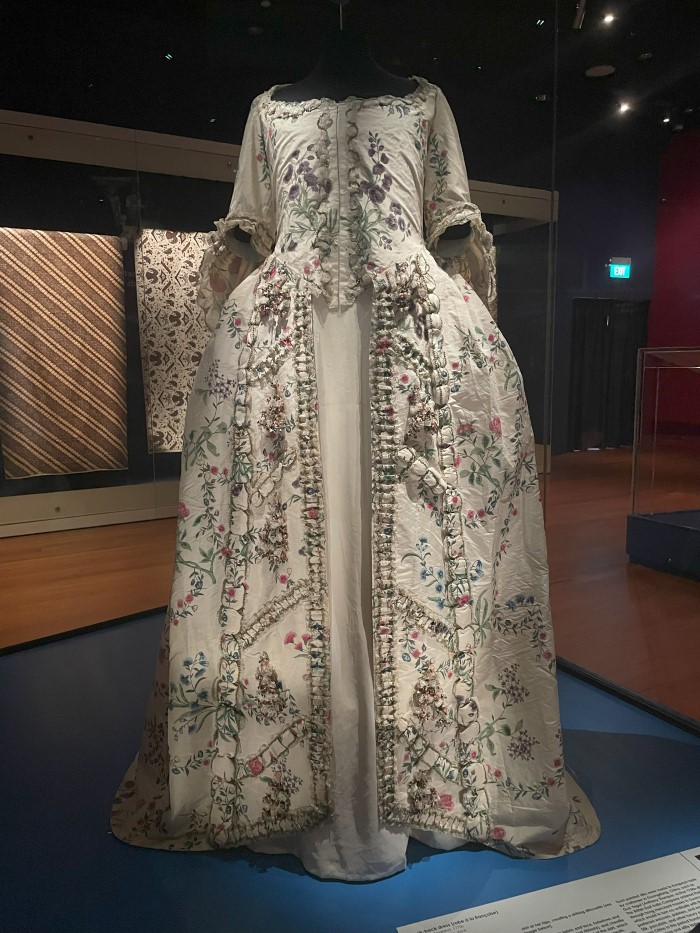
Chuance Chen, Conservator (Textiles), Heritage Conservation Centre, fondly refers to this painted silk dress as ‘Cordelia’. Chuance’s interest in this garment was first piqued when he was completing his master’s degree in textile conservation, which happened to coincide with the Asian Civilisations Museum’s acquisition of Cordelia.
Even though Chuance’s postgraduate research sent him on a deep dive into the study of painted textiles, the actual work of conserving Cordelia turned out to be a huge challenge for him. There are no textbook answers when it comes to conserving textiles because every treatment has to be specifically formulated for the specific piece being restored.
While working on the conservation of Cordelia, Chuance realised the creativity and immense historic value of the garment. At times, he felt as if the weight of the material legacy of humanity was literally in his hands.
Every conservator undergoes rigorous training and often specialises in treating a particular material—objects, paintings, textiles, paper. Within each domain, there ay also be further division. For example, object conservation refers to a wide range of organic and inorganic materials, including stone, wood, metal, plastics, glass, ceramics and animal products such as feathers and leather. Increasingly, as museums explore new collection areas and materials, for example, time-based media, conservators may face different challenges and have to continually reskill themselves with the latest conservation techniques to care for the growing National Collection.
Conservators generally do not strive to return the objects they work on to their original states which are often unknown; instead, they seek to present objects in ways that are best representative of their biography, function and intent. Objects are always treated with posterity in mind to safeguard the National Collection as a legacy for future generations of Singaporeans. One can consider the National Collection as a material bridge across generations: evidence that our existence can be traced through time.
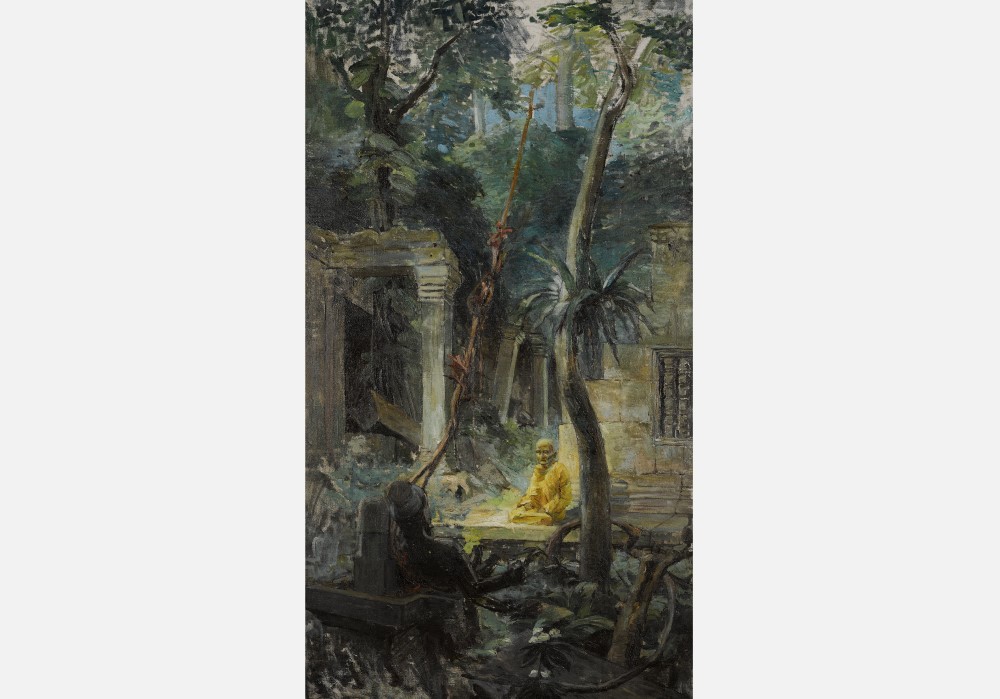
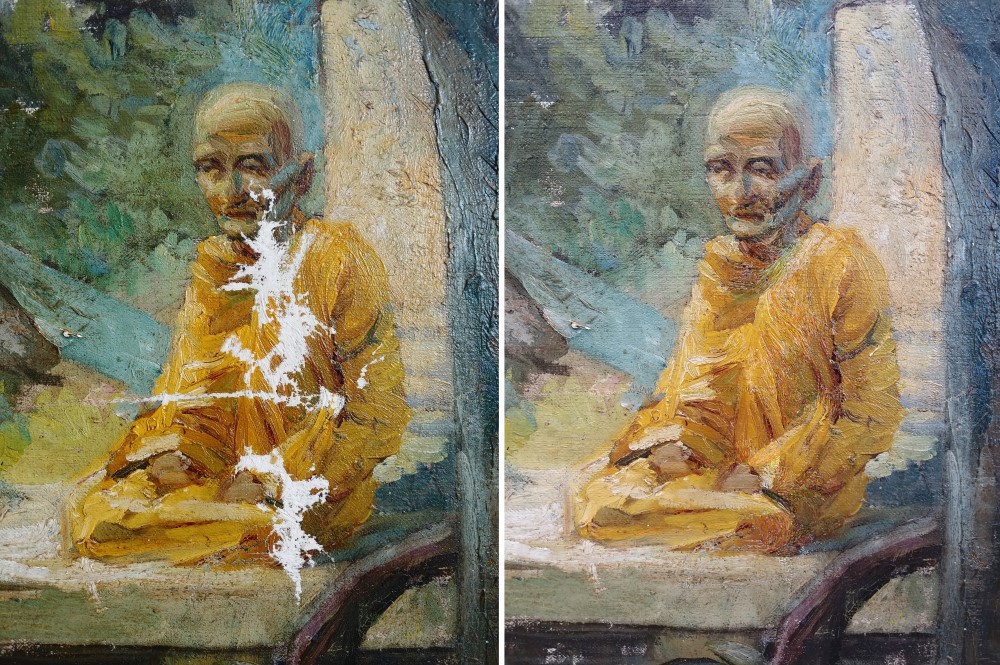
For Regina Liew, Assistant Conservator (Paintings), Heritage Conservation Centre, every project presents new challenges and new opportunities for learning. When formulating the most appropriate conservation treatments, she considers not just the paint media or the condition of the artwork, but also the artist’s intent and the artwork’s biography.
Regina recalled an occasion when she met with the grandchildren of Malaysian artist Yong Mun Sen. They shared that, during the Second World War, their grandfather had to fold and bury his unmounted paintings in a hill to keep them safe from Japanese soldiers. For Regina, this was an illuminating moment: here was a plausible reason for the fold lines she had observed on the works and what would otherwise have been classified as ‘damage’ took on new meaning. Details such as these could potentially inform the decisions she makes as a conservator and the interpretation of the work that curators present to visitors.
When Regina first encountered George Groslier’s Le Brahmanisme, she noticed the flaking paint and some material losses across the canvas because the painting had been rolled up and stored for a long time. Together with her team, Regina spent countless hours studying the painting and related information on the artist and his work. She consolidated the flaking paint layer and stretched the painting out on a new stretcher, cleaning and flattening fold lines before in-filling areas of loss.
Conservators navigate a fine balance between principles of conservation—any conservation work done has to be visible and also reversible—and the aesthetic. More importantly, any treatment done to artworks must not be out of place or jarring in the eyes of the viewer.
In addition to keeping abreast of the latest research, materials and practices in conservation, NHB’s conservators seek to make new breakthroughs in the field of conservation science. For example, Esther Ng, Senior Paper Conservator at HCC, was the first person in Singapore (and possibly the region) to explore microfading—a method of assessing the vulnerability of objects to light-fading. The feat unlocked new knowledge in terms of environmental display requirements to slow down deterioration, particularly for light-sensitive materials such as textile, paper and photographs. While nothing can last forever, cutting-edge conservation practices can help slow down the ageing process to ensure that the National Collection can be enjoyed and appreciated for just a bit longer.
Alongside conservators who safeguard the physical condition of the National Collection, museum curators assess the cultural and art historical significance of objects as well as flesh out accompanying narratives that might otherwise remain hidden. Meanwhile, collection managers are responsible for the physical care of artefacts, including storage, packing, transport, mounting and display. By working together, each specialist provides additional dimensions for interpreting and understanding artefacts, translating them into richer, more dynamic experiences for audiences.
The National Collection is not an inanimate repository of heritage materials. Instead, it is a nuanced and diverse repertoire of objects and artworks enlivened by interpretation and the daily contact of many hands involved in its care and display. But even so, the story does not end there: each individual item in the National Collection will go on to take new life and meaning through the pleasure and enjoyment it induces in its viewers.
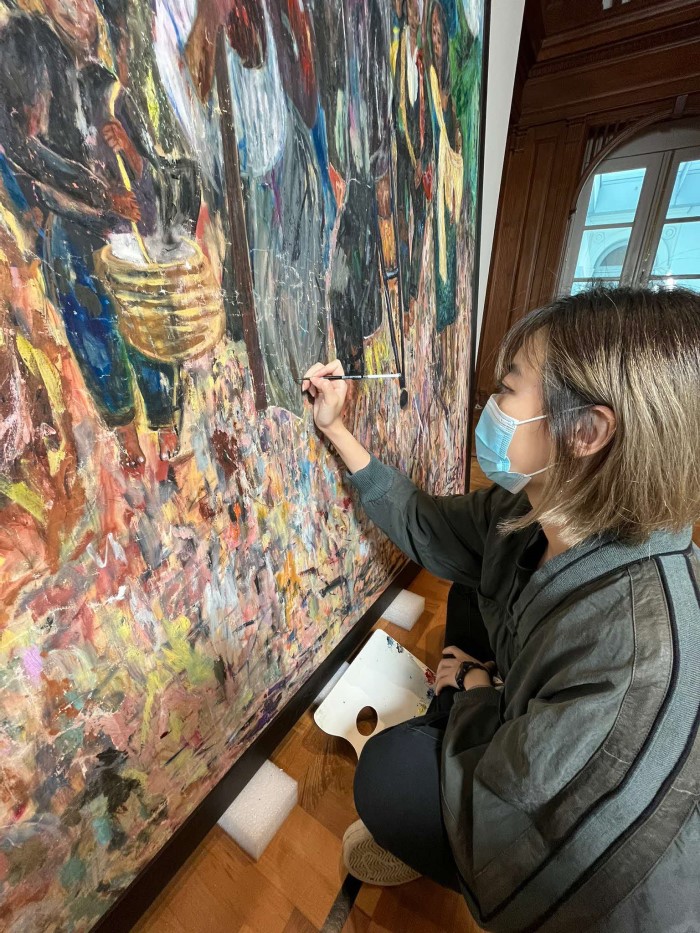
The author would like to thank the many colleagues who have generously shared their time and experience and inspired her to look at the National Collection with fresh eyes: Aliff, Christel, Chuance, Esther, Heng Noi, Lynn, Regina, Sophia and Wan Gui.
Notes
1 Museum Roundtable is a membership-based collective of museums in Singapore that aims to promote museum collaboration and a museum-going culture here.
2 The Tang Shipwreck Collection was acquired through a generous donation from the Estate of Khoo Teck Puat in honour of the late Khoo Teck Puat.
References
Kathryn Brown, ‘Public vs private art collections: who controls our cultural heritage?’, The Conversation, 11 August 2017. Retrieved from https://theconversation.com/amp/public-vs-private-artcollections-who-controls-ourcultural-heritage-80594.
National Heritage Board Act 1993. Retrieved from https://sso.agc.gov.sg/Act/NHBA1993.
Executive Summary of the Report by the Advisory Council on Culture and the Arts, 1988. Retrieved from https://www.mccy.gov.sg/-/media/MCCYcorp/Sectors/ACCA_Executive_Summary.pdf.
Gracie Lee, ‘Collecting the Scattered Remains: The Raffles Library and Museum’, BiblioAsia, vol. 12, iss. 1 (April–June 2016). Retrieved from https://biblioasia.nlb.gov.sg/vol-12/issue-1/apr-jun-2016/raffleslibrary-museum.
Lee Kong Chian Natural History Museum, ‘Our Collections’. Retrieved from https://lkcnhm.nus.edu.sg/research/ourcollections-2




